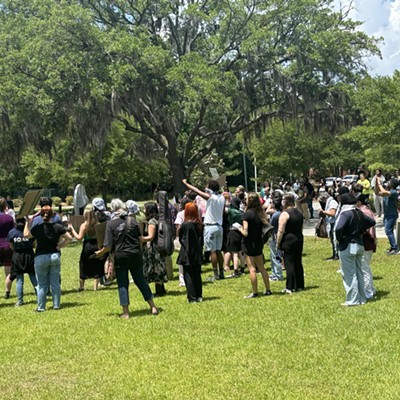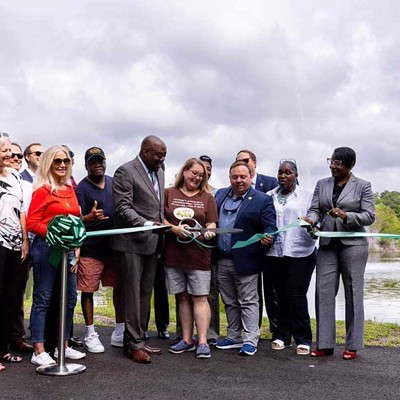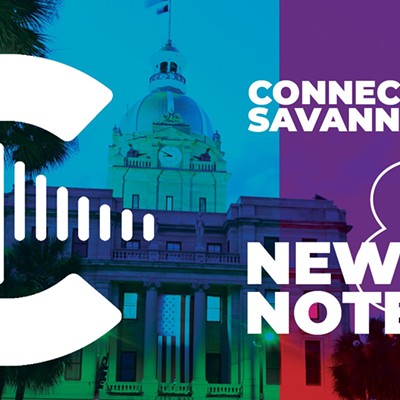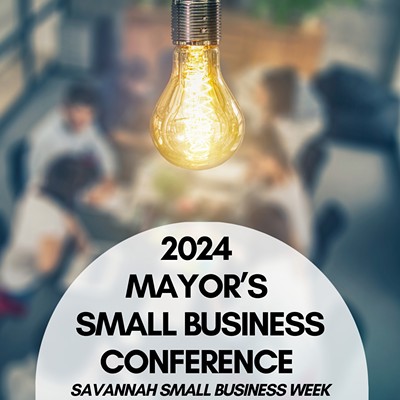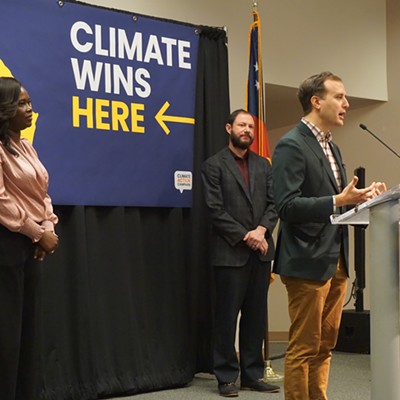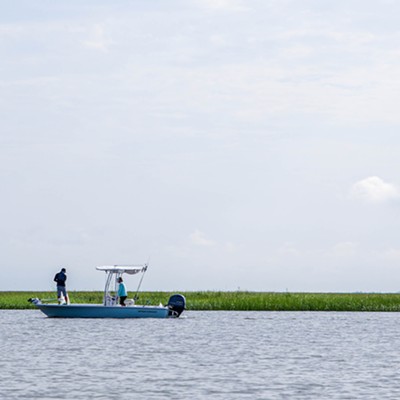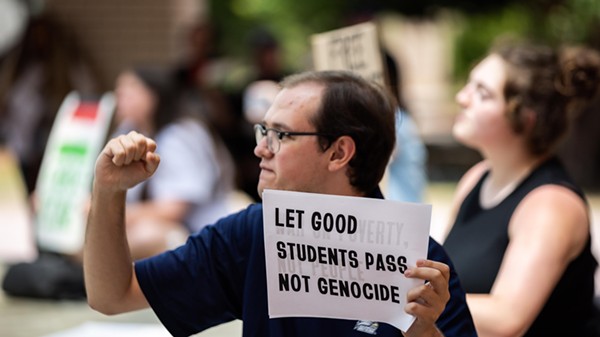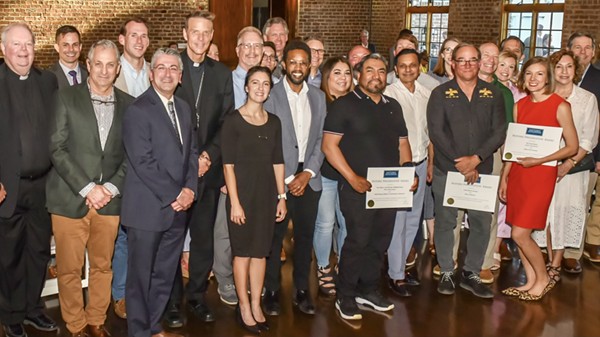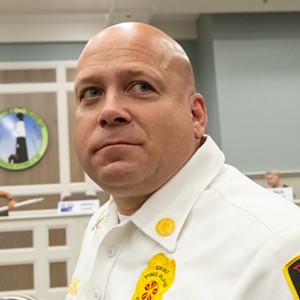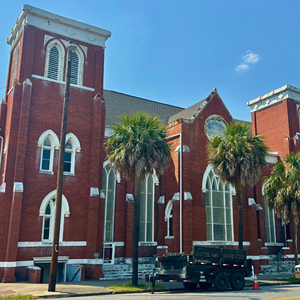With millions of gallons of oil spilled into the Gulf of Mexico over the past month and the ongoing threat of global warming tied to burning fossil fuels, the question of how we will power households and businesses through the 21st century and into the future looms larger than ever.
Among the crop of renewable energy options – solar, biomass, geothermal and wind, to name a few – it might be wind that is growing fastest, representing about 35 percent of all new energy construction in last two years, according to the Department of Energy.
The Southeast, however, is lagging well behind the curve when it comes to wind–power technology.
By the end of last year, there were still no wind installations producing more than one megawatt (MW) of energy from Virginia to Florida and west to Louisiana, according to data from the National Renewable Energy Lab. Southeastern states, except Tennessee, are the only ones left in the contiguous 48 without any commercially viable wind power.
The forecast, particularly in South Carolina and Georgia, may be improving, though.
Last November, South Carolina and Clemson University were awarded $45 million in stimulus funds to build a wind turbine test facility that will develop the next generation of technology.
While Georgia’s progress isn’t nearly as concrete as our neighbor to the north, there have been signs that winds of change are starting to blow.
Knowing where the wind blows
Southern Company, the parent corporation of Georgia Power, is seeking permission from the Department of the Interior’s Mineral Management Service to build research towers off the coast of Georgia.
While this isn’t the first time Southern Company (SoCo) has had its eye on offshore wind development, starting the application process to build towers capable of gathering site specific data on average wind speeds marks an important step forward.
“The only companies that are making offshore wind towers are in Europe and they won’t even sell you one if you don’t have at least one, and preferably three years of site specific data,” explains Paul Wolff, Tybee City Council member and local renewable energy advocate.
In 2007, SoCo partnered with researchers from Georgia Tech for a study gauging wind speeds off the coast, and discovered two potentially viable locations; one several miles off the shores of Tybee and another by Jekyll Island.
The study reported average wind speeds of 15 to 17 miles per hour, sufficient to power turbines, but according to SoCo the project wasn’t economically justifiable when compared to other forms of traditional power generation.
“These ‘Class 4’ winds have been used in other areas of the country for land–based wind farms but offshore wind resources must be greater to overcome the higher construction and operational costs,” says their Renewable Energy report.
The study from Georgia Tech concluded that more research would be prudent, which is what Southern Company is pursuing now by applying for offshore leases.
The benefits
The creation of a wind farm off the coast of Tybee would have benefits broader than just the clean energy.
“Once we get those systems in place, they require no fuel,” says Wolff. “We’re not going to be vulnerable to price fluctuations of commodities.”
He explains that if a 150–turbine wind farm was built several miles off the coast of Tybee – far enough away that it would be practically out of sight – it could produce as much as 800 MW of electricity, enough to power about 500,000 homes.
According to the DOE, adding a 1,000 MW of wind power in Georgia would create thousands of jobs and generate an economic impact of $2.1 billion; as well as conserve 1.6 billion gallons of water and reduce three million tons of carbon dioxide over the lifespan of the wind farm (approximately 22 years including construction and operation).
It’s not a simple solution though. Such a project will require input from a variety of stakeholders, including the port and the Army Corps of Engineers, among others. For example, if a transmission cable carrying the electricity crossed shipping lines, it would need to be buried deep enough that it wasn’t affected by regular maintenance dredging.
For SoCo, the turbines are also difficult to insure because current technology is only graded to withstand 130mph wind – if a Category 5 hurricane struck Savannah, they could be destroyed.
Possibly the greatest hurdle that needs to be overcome would be public perception of wind turbines.
Changing the perception
“It’s something people aren’t familiar with,” says Wolff. “Everybody has heard horror stories about noise and birds. They say people don’t want to look at them.”
In an effort to make Tybee’s Memorial Park carbon neutral, Wolff is proposing to build a small wind turbine in the park, something that he hopes will help people get more comfortable with the technology, but which has been “controversial.”
“One thing I’m trying to do is get people to understand is that the impacts are minimal and the resource is sustainable – to use this as a spring board to say ‘look how easy this was, now let’s think offshore where you won’t even be able to see it,’” he says.
A turbine might also become a tourist attraction, drawing the attention of curious visitors who have never seen a wind turbine in person.
“Since our entire economy is tourist driven, I think this would be a huge draw for people who’re just curious,” he says. “We’ve got water towers and cell phone towers, I think a wind turbine would be a step up in terms of the visual impact.”
The turbine in Memorial Park, which Wolff hopes will be in place by the beginning of next year, would be considerably smaller than its offshore relatives – producing only about 20 kilowatts as opposed to several megawatts.
Less is more
For R Campbell, a SCAD graduate student researching wind power innovation, the smaller turbines represent the most significant opportunities to change our electricity consumption.
“By appealing to individual people’s motivation to slash their electric bill, the propagation of millions of small ‘less efficient’ turbines will exceed the real output of large remote wind farms,” he explains.
Similar to small scale solar installations on homes, which reduce the amount of power used rather than completely removing a residence from the power grid, smaller wind turbines would allow people to reduce their total energy consumption, and save money.
“Through my research I have found that people see quality of life as freedom; the freedom to do more for their family, the freedom of time, the freedom to make their own choices,” Campbell says. “If you can put money back into people’s pockets you can help them gain these freedoms.”
At the Earth Day celebration in Forsyth Park in April, Campbell, whose project is known as Windopolis, joined forces with a group called Play Up Savannah to create an art installation geared toward children and families that would help close the disconnect between perception and practice when it came to wind.
The project was simple but effective. Plant hundreds of tiny spinning wheels into the grass and watch the wind blow.
“The main idea was to create a participatory event that would create an emotional connection between kids of all ages and wind power,” he says. “We wanted to generate a positive emotional experience.”
Campbell agrees with Wolff and others that the biggest obstacle facing the adoption of wind power technology is the public perception of the technology, particularly that the average person is so removed from energy production that they don’t realize how significant the change to renewable energy would be.
“If people were living near coal burning plants there would be a greater level of education and understanding that takes place,” Campbell explains. “Seeing this first hand would help change perception and accelerate renewable energy production.”
As evidenced in the Gulf of Mexico, the cost of energy is more than the amount on the electric bill.
To comment, email us at [email protected]



